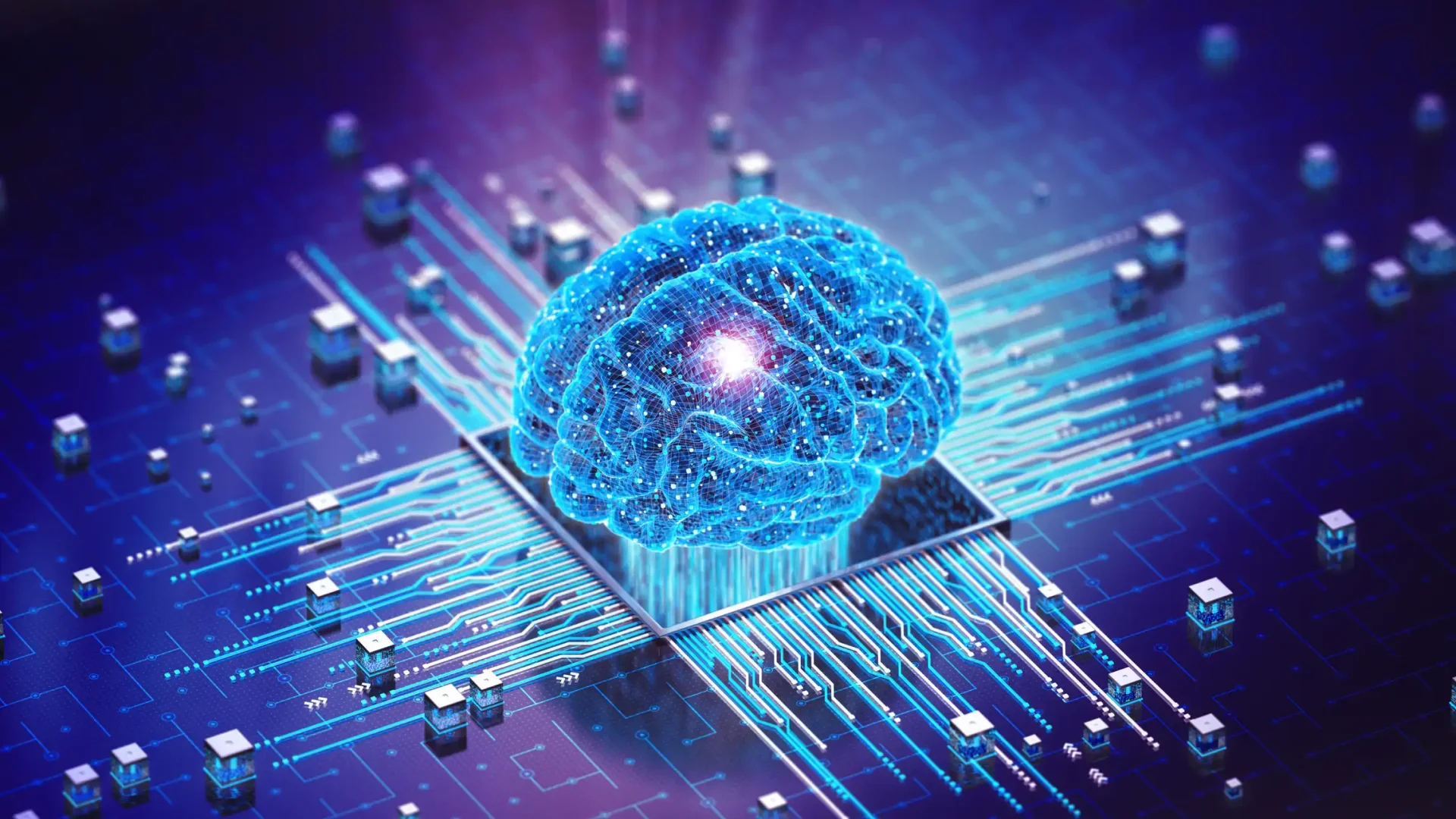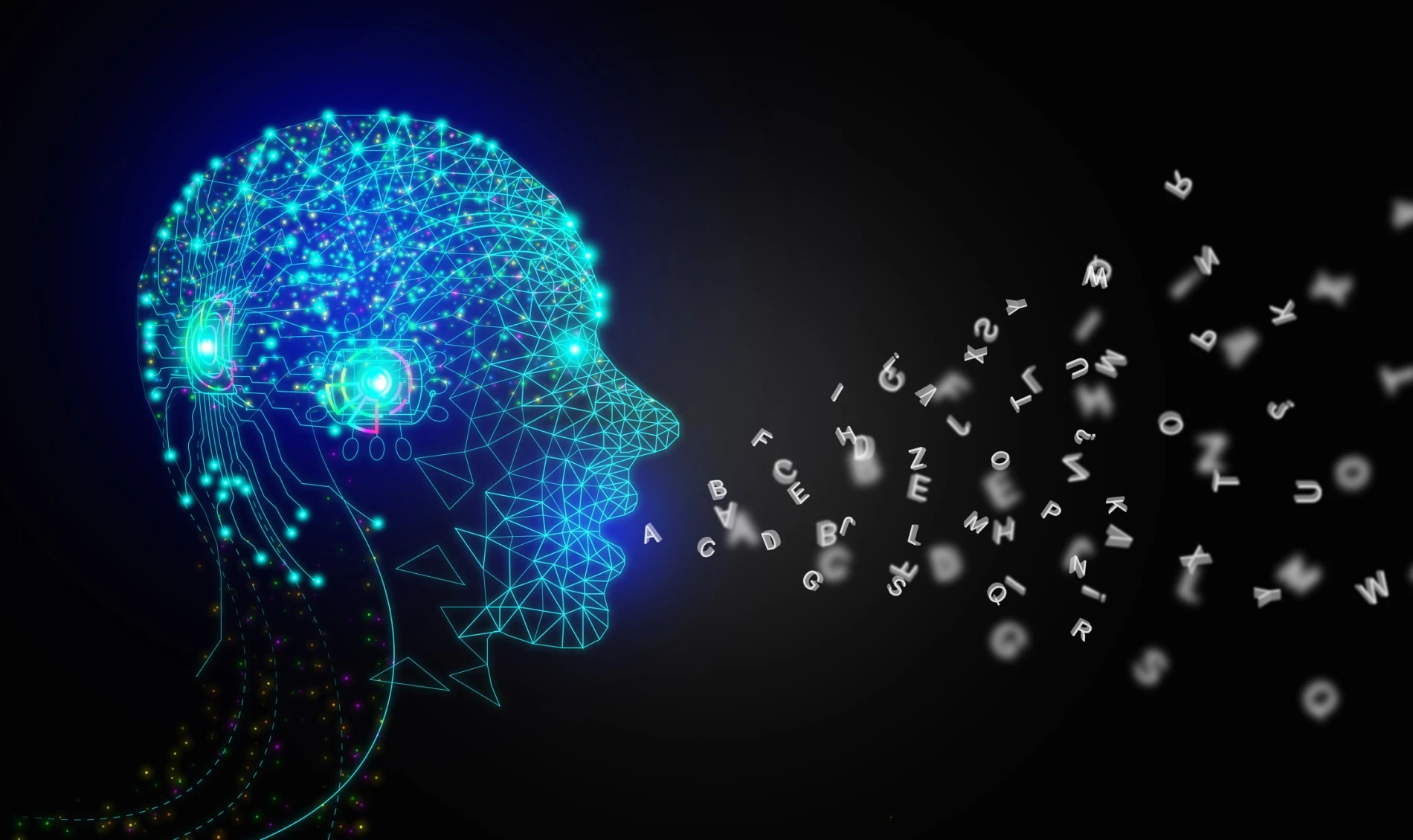Generative artificial intelligence has emerged as one of the most transformative technologies of our time, fundamentally changing how we create, work, and interact with digital content. This revolutionary technology represents a subfield of artificial intelligence that uses sophisticated machine learning models to produce original text, images, videos, audio, and even software code in response to user prompts. Unlike traditional AI systems that simply analyze existing data, generative AI creates entirely new content by learning patterns and structures from vast datasets and applying them to generate fresh, relevant material.
The technology gained unprecedented attention with the launch of ChatGPT in 2022, sparking what experts call an “AI boom” that has thrust artificial intelligence into worldwide headlines. This surge was made possible by significant improvements in transformer-based deep neural networks, particularly large language models that can understand and respond to natural language with remarkable sophistication. Today, major technology companies, including OpenAI, Microsoft, Google, Anthropic, and DeepSeek, are racing to develop increasingly powerful generative AI tools that are reshaping entire industries.
What makes generative AI particularly compelling is its accessibility and versatility. Whether you’re a business professional seeking to automate report generation, a creative individual looking to produce engaging content, or a healthcare researcher developing new treatments, generative AI offers practical solutions that were previously impossible or prohibitively expensive. The technology operates by encoding existing information into vector spaces that map data relationships, then generating new content by finding appropriate contexts within these learned dependencies. This process enables AI systems to create realistic simulations, personalized experiences, and innovative solutions across virtually every sector of the economy.
Understanding Generative AI Technology
Generative AI systems are constructed using unsupervised machine learning techniques that employ neural network architectures such as generative adversarial networks (GANs), variational autoencoders (VAEs), and transformers. These sophisticated algorithms simulate human brain learning processes by identifying and encoding patterns in massive datasets, then using this knowledge to understand natural language requests and respond with relevant new content.
The capabilities of generative AI systems depend largely on their modality – whether they’re unimodal (accepting one type of input) or multimodal (handling multiple input types). Advanced systems like OpenAI’s GPT-4 can process both text and image inputs, demonstrating the technology’s evolving sophistication.
Key Benefits Driving Business Adoption
Creativity Amplification and Content Generation
Generative AI enables businesses to produce creative and engaging content at an unprecedented scale. In advertising, AI-powered systems automatically generate compelling ad copy, visuals, and video content, serving as valuable tools for innovative ideas while reducing manual creative work. The technology facilitates comprehensive content production across text, images, videos, and music, enabling creators to produce rich and varied media efficiently.

Time and Cost Savings Through Automation
By automating tasks that previously required human intervention, generative AI delivers significant time and cost savings. In architecture and design, AI algorithms generate building designs based on specifications, dramatically speeding up development processes. The technology automates repetitive tasks such as data entry, document drafting, and report generation, allowing organizations to focus on innovation and strategic growth.
Hyper-Personalization and Customer Experience
Generative AI enables hyper-personalized customer experiences by analyzing individual data to create customized product recommendations and offers. In customer support, the technology provides more human-like, responsive service through AI-powered chatbots and virtual agents that can adapt their communication style to individual preferences.
Industry Applications and Real-World Impact
Healthcare and Medical Innovation
In healthcare, generative AI accelerates drug discovery by creating molecular structures with target characteristics and generating radiology images for training diagnostic models. The technology enhances medical images like X-rays and MRIs, creates predictive visualizations for disease progression, and simplifies patient documentation tasks. Healthcare professionals use AI to build patient information summaries, create transcripts of recorded notes, and develop personalized treatment plans based on comprehensive patient data.
Business and Manufacturing
Manufacturing professionals leverage generative AI to improve efficiency, anticipate maintenance needs, and help engineers create better designs faster. The technology enables rapid prototyping, speeding up product development cycles while generating insights through large dataset analysis. In finance, generative AI generates synthetic datasets for model training, automates report generation, and powers intelligent chatbots for customer service.
Marketing and Creative Industries
Marketing professionals use generative AI to create consistent, on-brand text and images for campaigns, generate personalized product recommendations, and enhance search engine optimization efforts. The media industry employs the technology for music composition, scriptwriting, video editing, and digital art creation.
Why Generative AI Matters to Everyone
Generative AI matters beyond technical applications because it democratizes creativity and innovation, making high-quality content creation accessible to everyone regardless of technical expertise. The technology bridges accessibility gaps by enabling people with disabilities to communicate more effectively and facilitating cross-cultural interactions through advanced translation capabilities.
According to McKinsey research, one-third of organizations already use generative AI regularly in at least one business function, while Gartner projects that over 80% of organizations will have deployed generative AI applications by 2026. This widespread adoption reflects the technology’s transformative potential for driving economic growth, creating new jobs and industries while enhancing productivity across existing sectors.




